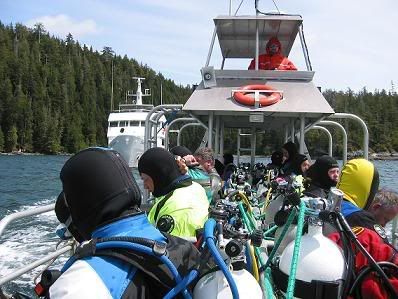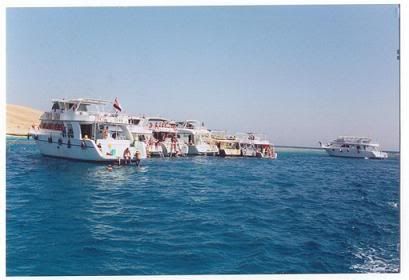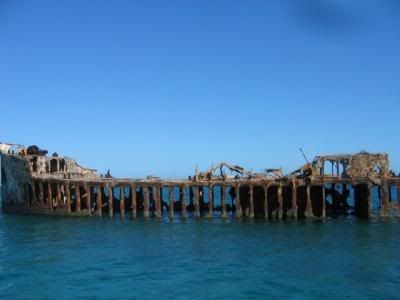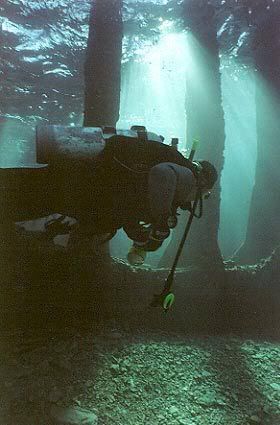 We will discuss the options that you have in dives choices, along with a few required dives that every Advanced Diver must obtain.
We will discuss the options that you have in dives choices, along with a few required dives that every Advanced Diver must obtain.  In general terms this blog will discuss the many specialty dives you can choose from. In future lessons we will take a more detailed look at these specialties, but for now we will talk in general terms and give you a basic overview.
In general terms this blog will discuss the many specialty dives you can choose from. In future lessons we will take a more detailed look at these specialties, but for now we will talk in general terms and give you a basic overview.The PADI Advanced Open Water Certification consists of a total of 5 dives, each dive being from a single specialty rating. The course can take place over 1 weekend or in 5 separated days, that is of course dependent on the dive shop and instructor. Again, like the Open Water Course and many PADI courses, a knowledge development portion is required. This means that you will get an associated text. Many text packages comes with a video or CD.
As mentioned above there are a few required dives, they are the Underwater Navigation, and Deep Dive. We will discuss why when a detail explanation is give later. That leaves 3 dives to choice. These 3 dives can be of any dive you desire from the list. More on this later. You and your instructor will discuss what 3 non-required dives you will make. You should read the text and do the reviews for these chosen dives and the two required ones. Let's talk about some of these specialities dives.
DEEP DIVE
In the basic open water program your maximun training depth is 60 feet, although most dives any recreational diver make will be under this depth. However, there comes a time when you want to and need to go deeper. Why go deep? One reason for this dive is that when you go on a boat diver trip, many dive sites do go beyond the 60 foot depth. When you present your c-card to the Divemaster, he knows you have been trained beyond the basic depth. Many ship wrecks are deeper and required this advanced training. They will teach you how to descent down a line, how to make a recommended 15 foot safety stop, how changes in pressure affects air consumption and dive time, to name a few points.
UNDERWATER NAVIGATION
Have you ever gotten lost on land ? Think about what it would be like underwater. This one dive will show you how to dive a square, a triangle with a compass. How to look at plants, rocks, wave patterns, and sun shadows to help with navigation. Will you be an expert navigator at this point. No. Thats why you need more training.
BOAT DIVER
Diving on a boat is one of the best ways to dive there is. Boat diving gets you to locations that land diving just can not match. In this dive you will learn how to dive within a very confined and control space. Learn how to exit for the dive and enter once the dive is completed. Learning to boat dive is fun.

Nautilus Explorer ship holds 20 divers and 7 crew. Each 2 divers have separate berth with their own shower and head. She sails from Victoria, Canada. My berth was the third portal from the stearn on the starboard side. See you also learn nautical terms in the boat diver course.

Small skiff taking geared divers to a dive site.

Many boats moored side by side in the Red Sea. There could be as many as 10 boats with 300+ divers in the water at any on time. Surprising thing about is, there is plenty of room under water.

Divermaster helping a returning diver back onto the boat. This is the scene many times after a dive.
WRECK DIVER
In this first dive, they will start to teach you how to navigate around a wreck. when I was studing to teach the wreck course, my course director told us that the first dive brief goes like this, " This wreck underwater on the bottom should be floating on the surface." And after that all else is fluff. There is a little bit more than that, but that really sums it up. In the wreck diving certication, you wil learn some amazing things.

Sapona is made entirely out of concrete. It was once owned by Al Capone for drugs and protitution. Visit SAPONA Site for more information. The S. S. Sapona lies in 17 foot deep water, 4 miles south of Bimini Island in the Bahamas. Military target practice and the weather have stripped the hull of most of its concrete. The wreck is a very popular diving site since it is in such shallow water and attracts a multitude of fish. Check out Blackbeard's Cruises to take you to this wreck, and many other sites including a controlled shark dive.


NIGHT DIVER
If you learn to dive at night properly, it opens up a whole new adventure in diving. You will learn how to use your underwater lighting systems effectively. How to signal underwater when you can not see your buddy, to name but a few. More importantly, during a night dive you will see fish that only come out at night. While in Bonaire diving, we did many night dives. But on one of these dives we a small cleaner shrimp, and the largest lobster you ever did see. So learn to dive at night, it is fun and an exiting part of diving.
PEAK POSITIVE BUOYANCY (PPB)
If you heard by first ten minutes lesion on buoyancy this is a must dive and certification for ALL divers. During these dives you wil learn how to maintain a neutral position in the water. Learn how to adjust your weight to make you move more horizontal
 than vertical. Learn also how breath control is an important part of any dive.
than vertical. Learn also how breath control is an important part of any dive. Learn how to hover motionless in the water column. A very important skill to master and learn.
Learn how to hover motionless in the water column. A very important skill to master and learn.These additional dives can some from any of the above or from these listed below: Drift diver, altitude diver, dry suit diver, ice diver, multilevel diver, search and recovery diver, underwater naturalist, river diver, underwater videographer, enriched air, dive propulsion vehicle (DPV), and underwater photography. As you can see there a lot of options for you to chose from. I must mention that these dives are introductory dives. They are the first dive you would make in any full specialty certification. Once you make these dives, they can and will be credited to that specialty.
Visit the links on the side for many valuable free stuff.

No comments:
Post a Comment